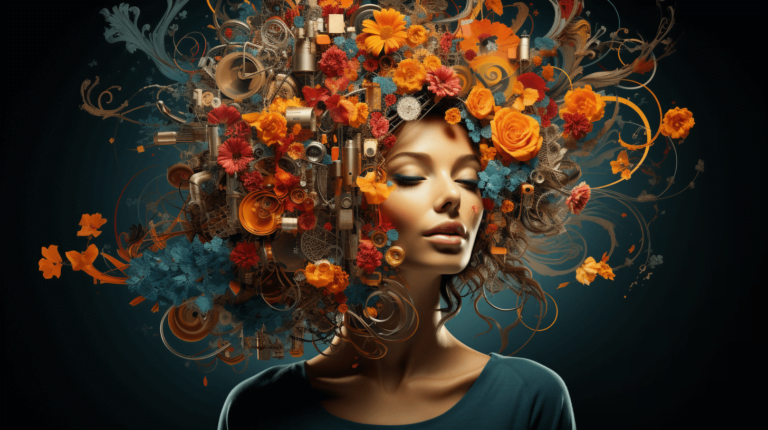The Language of the Unconscious: Dream Analysis in Carl Jung’s Theory
Dreams, those fascinating and often bewildering narratives that unfold in our sleep, have intrigued humanity since the dawn of consciousness. For Swiss psychiatrist Carl Jung, one of the pioneers of modern psychology, dreams served as significant tools for understanding the human mind. This article will explain Jung’s perspective on dream analysis, attempting to simplify it for those just beginning their exploration into Jungian psychology.
The Role of Dreams in Jungian Psychology
In Jung’s view, dreams are a way for the unconscious mind to communicate with the conscious mind. They serve as a bridge between the two, conveying messages in the form of symbols and narratives that can offer insights into an individual’s feelings, thoughts, and experiences that might not be readily accessible in their conscious state.
The Language of Dreams: Symbols and Archetypes
Jung believed that dreams speak in a language of symbols, often drawing upon universal themes or ‘archetypes’ present in what he termed the ‘collective unconscious.’ This means that the images or narratives that appear in dreams can have shared meanings across different cultures and times.
It’s important to note, however, that while there are common symbols and archetypes, the interpretation of dreams is highly personal. A particular symbol’s meaning can vary significantly from person to person, depending on their unique experiences, emotions, and context.
How Jungian Dream Analysis Works
Jungian dream analysis involves interpreting the symbols and narratives that appear in dreams to gain insights into an individual’s psychological state. Here are the key steps involved:
1. Recording the Dream: The first step involves recalling and recording the dream as accurately and completely as possible, ideally immediately upon waking. It is important to include all details, no matter how trivial or bizarre they may seem.
2. Identifying Symbols: Next, identify key symbols or motifs in the dream. These could be characters, objects, locations, actions, or even feelings.
3. Personal Associations: Analyze each symbol individually, considering your personal associations and experiences related to it.
4. Archetypal Analysis: After examining personal associations, consider if any symbols might represent universal archetypes.
5. Interpretation: Finally, combine these insights to interpret the dream’s overall message or theme. This step might involve considering current life circumstances, feelings, or issues.
Dream Analysis and Personal Growth
Jung believed that by analyzing our dreams, we can gain a deeper understanding of our unconscious mind and thereby facilitate personal growth. Dreams can highlight issues that we need to confront, provide solutions to problems, or point towards unfulfilled aspects of our personality.
For Jung, dream analysis was a vital part of the process of ‘individuation,’ his term for the lifelong journey towards self-realization. By working to understand and integrate the messages from our dreams, we can progress on our path towards individuation.
Conclusion
Carl Jung’s approach to dream analysis offers a unique and fascinating perspective on dreams as a window into the unconscious mind. It provides a methodology to decipher the language of dreams and use it to enhance self-understanding and personal growth. As we learn to listen and interpret these nightly narratives, we become better equipped to navigate our journey towards understanding ourselves and achieving wholeness.







